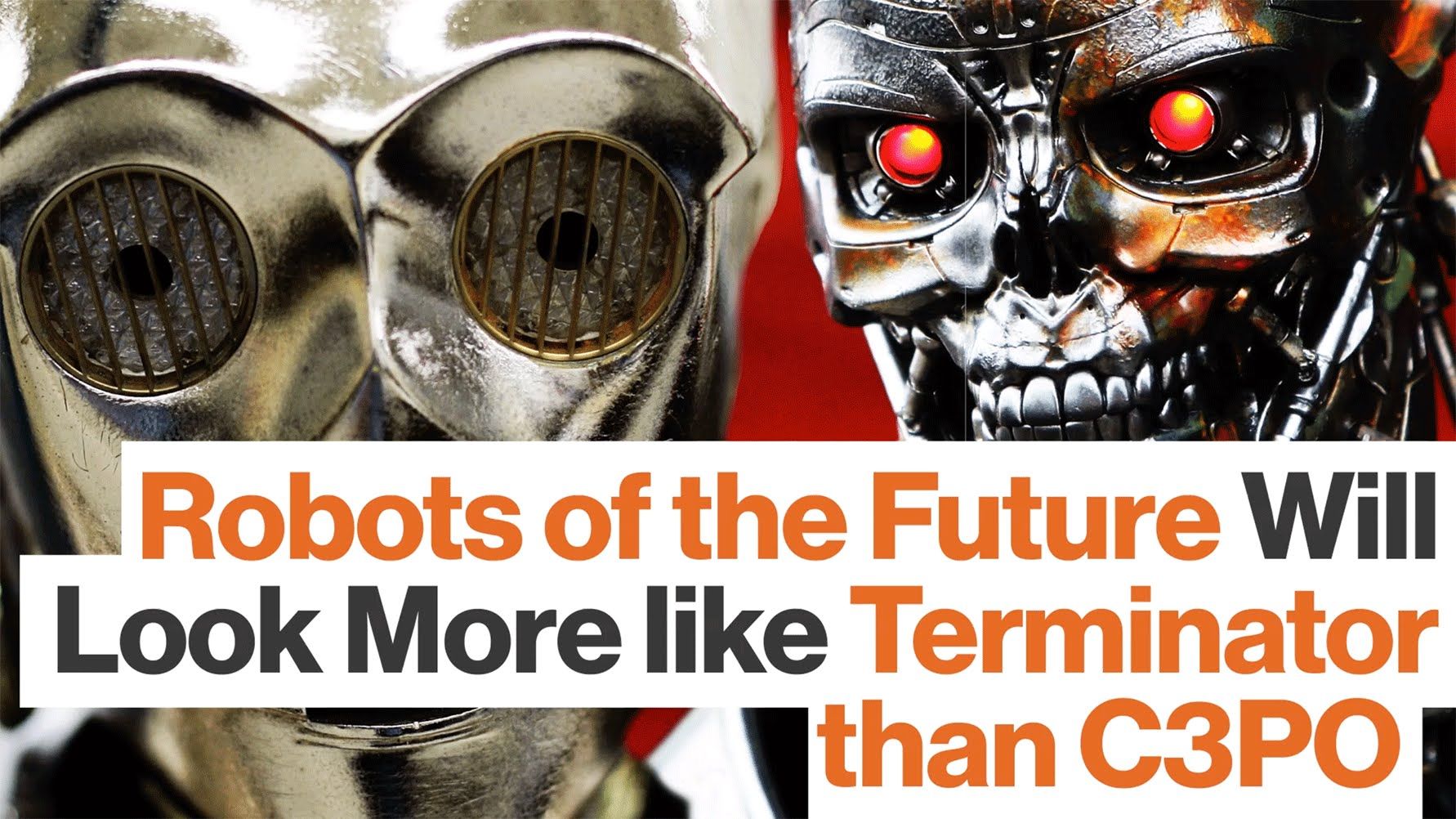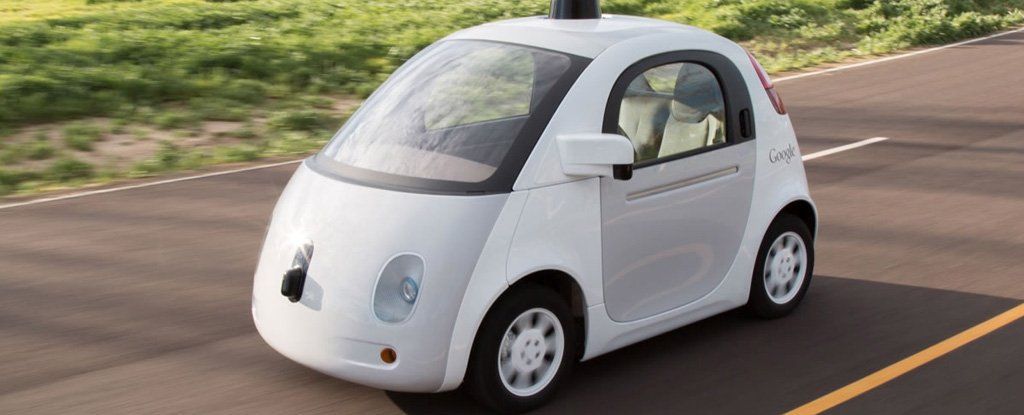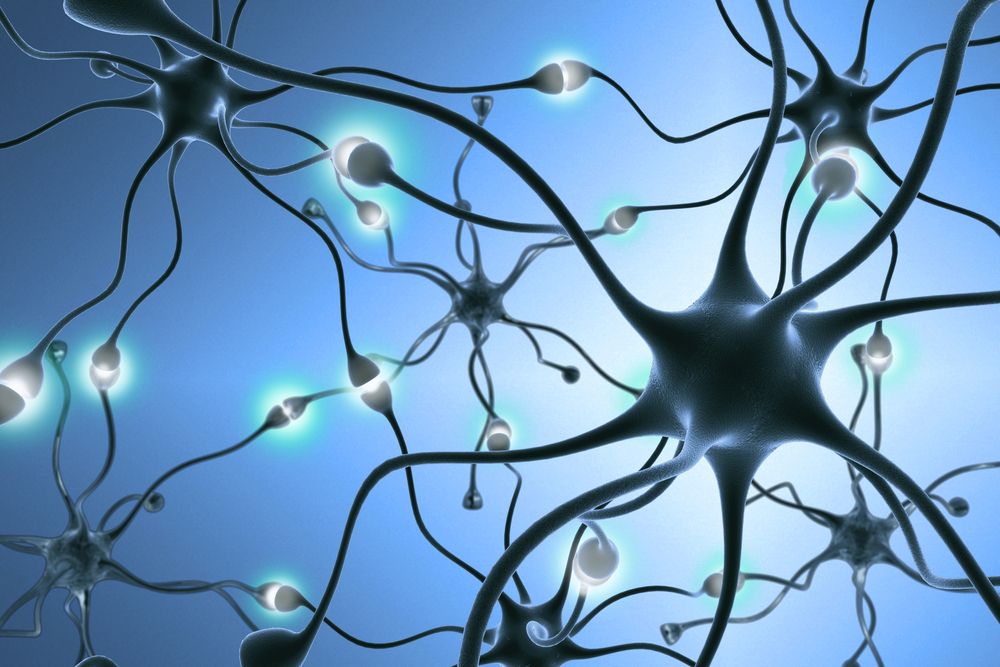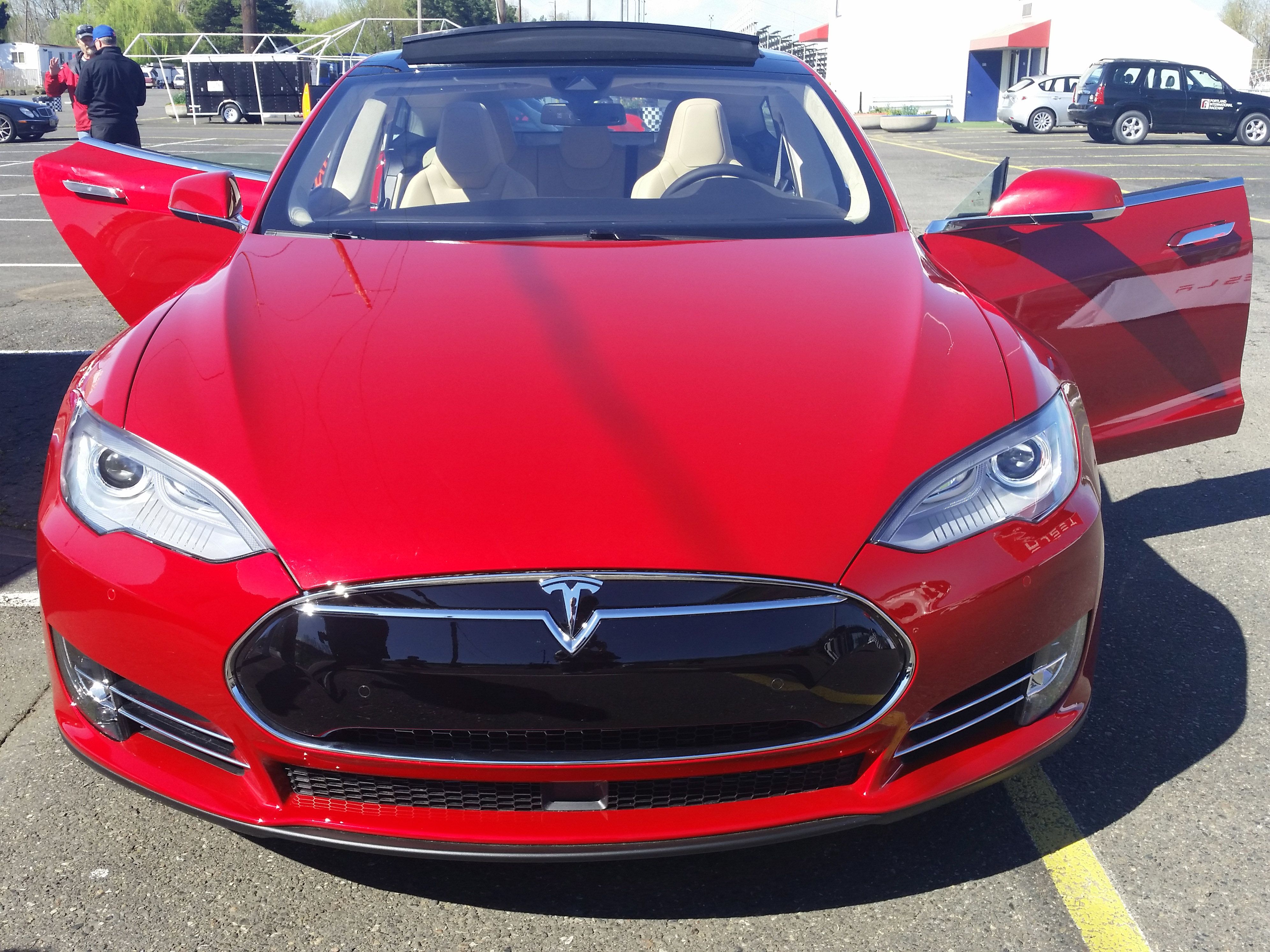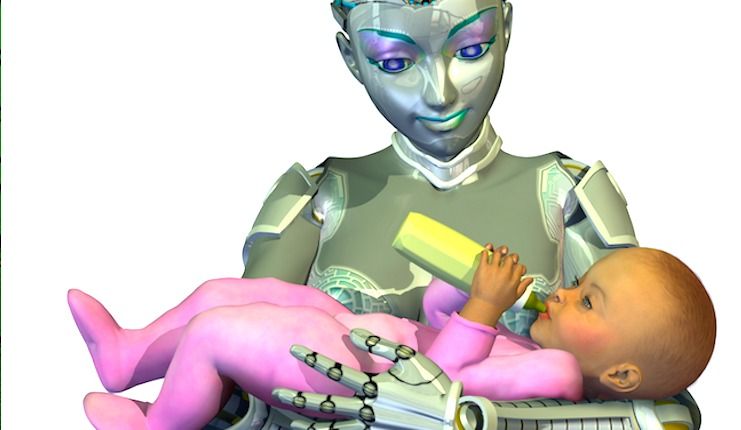Feb 13, 2016
Cloud-Brained Humanoid Robots Are Right around the Corner
Posted by Karen Hurst in categories: biotech/medical, habitats, life extension, neuroscience, robotics/AI
As much as this article wants to promote that by 2020 that we will have terminator style robots acting as an in home nurse with patients (at least in the US) will be very hard to see. Most elderly as well as young children need more of human or personable interaction in their lives. I do highly suggest researchers (especially those that have studied children in orphanages where limited human interaction was available) to share your own insights of what happens to children who are without human contact at long periods as well as the elderly. I believe folks will rethink somethings and be more pragmatic in what these robots can and can do.
Published on Feb 3, 2016
Continue reading “Cloud-Brained Humanoid Robots Are Right around the Corner” »
